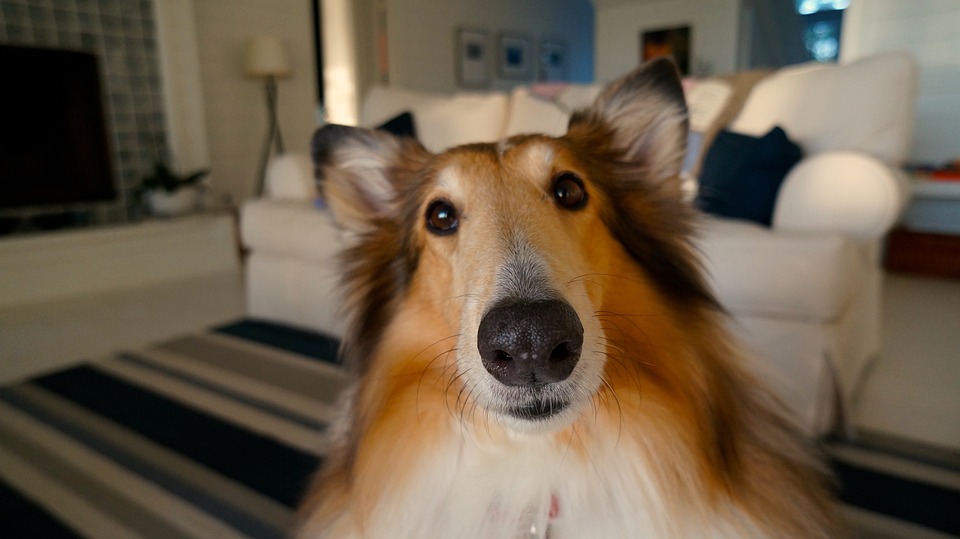Leaving your furry friend alone can sometimes be a challenging experience, as many dogs tend to exhibit anxiety or restlessness when separated from their owners. However, with the right training techniques, you can help your dog learn to be calm and relaxed when left alone. In this article, we will explore proven strategies to teach your dog independence and provide answers to commonly asked questions about training a calm demeanor.
Understanding Separation Anxiety in Dogs
Separation anxiety is a common issue among dogs and can manifest in various ways, including excessive barking, destructive behavior, or even self-harm. It is essential to recognize the signs of separation anxiety, such as pacing, panting, drooling, or attempting to escape. By understanding the severity of your dog’s anxiety, you can determine the appropriate training approach.
Establishing a Calm Environment
Creating a safe and comfortable space for your dog is crucial in helping them feel secure when left alone. Set up a designated area with their bed, toys, and water bowl, ensuring it is away from any potential triggers that may cause anxiety, such as loud noises or direct sunlight. Additionally, consider using calming aids such as pheromone diffusers or calming music to help create a relaxing atmosphere.
Gradual Alone-Time Training
Teaching your dog to be calm when left alone should be a gradual process. Start by leaving your dog alone for short periods, such as a few minutes, and gradually increase the duration over time. During these periods, reward your dog with treats or praise for exhibiting calm behavior. This positive reinforcement will help them associate being alone with positive experiences.
Mental and Physical Stimulation
Boredom and excess energy can contribute to anxiety in dogs. Engaging your dog in mentally stimulating activities, such as puzzle toys or interactive games, can help keep their minds occupied. Additionally, providing regular exercise, such as walks or playtime, will help release any pent-up energy and promote relaxation.
Desensitization and Counterconditioning
Desensitization involves gradually exposing your dog to triggers associated with being left alone, such as picking up your keys or putting on your shoes. Pair these triggers with positive experiences, such as treats or playtime, to change your dog’s emotional response. For severe cases of separation anxiety, it may be beneficial to seek professional help from a dog trainer or behaviorist.
FAQs (Frequently Asked Questions)
Q1: How long does it take to train a dog to be calm when left alone?
The training timeline for teaching a dog to be calm when left alone varies based on the individual dog. Consistency and patience are key factors in achieving success. While some dogs may show significant progress within a few weeks, others may require several months of consistent training. It is important to understand that every dog is unique and to tailor the training methods to suit your dog’s personality and preferences.
Q2: Can I use medications to help my dog with separation anxiety?
If your dog is experiencing severe separation anxiety, it may be beneficial to consult with a veterinarian or veterinary behaviorist. They can evaluate your dog’s specific needs and discuss possible medication options. Medications can help alleviate anxiety symptoms, but they should be used in conjunction with behavioral training techniques for the best results.
Q3: What should I do if my dog regresses in their training progress?
Regression in training progress can happen for various reasons, such as changes in routine or environment. If your dog regresses, it is essential to assess any potential causes and make adjustments accordingly. Revisit the training techniques and ensure consistency in your approach. If necessary, consult with a professional trainer or behaviorist for guidance.
Q4: Are there any additional resources or tools that can aid in training a calm demeanor?
There are several resources available to aid in training a calm demeanor. Books, online courses, or local dog training classes can provide valuable insights and techniques. Professional guidance from a dog trainer or behaviorist can also be beneficial, as they can tailor the training approach to your dog’s specific needs. Additionally, interactive dog cameras can help monitor your dog’s progress remotely and provide peace of mind.
Conclusion
Training your dog to be calm when left alone requires time, effort, and a deep understanding of their needs. By following the techniques outlined in this article and being patient with your furry companion, you can help them develop independence and alleviate separation anxiety. Remember, each dog is unique, so tailor the training methods to suit your dog’s personality and preferences. With consistency and positive reinforcement, you’ll soon witness your dog’s growing confidence and ability to relax when home alone.









